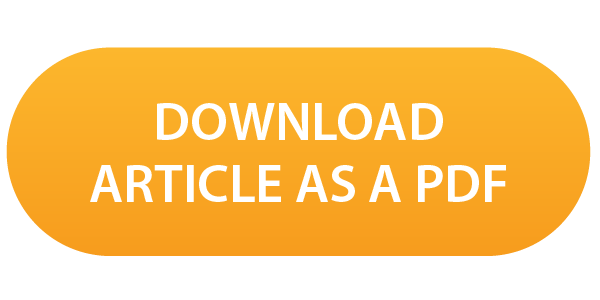In 2021, we published an article about needing more research on people with diabetes assigned female at birth that discussed a lack of research on common challenges that women with diabetes experience. In this article, we will present research articles published since the last article relating to women with diabetes. Please note, that when we are referring to “women” we are referring to anyone who has a uterus, as we will be discussing menstruation and menopause.
Menstruation Research Updates
Keeping your blood glucose levels in target range is not easy to do at baseline. When you add the changes in hormones that are normal during menstruation, it can make it even more challenging. As with all things diabetes-related, your diabetes may vary. Some women find that their cycles do not significantly impact their time in range, while others have a really difficult time meeting targets during their cycle.
In one study out of Yale University, 14 women with type 1 diabetes stayed overnight during each phase of the menstrual cycle (luteal phase and follicular phase – cue flashback to sex education in elementary school) and underwent 5-hour glucose clamp experiments to measure glucose sensitivity.1 In this study, researchers found an increase of insulin resistance, but in another study of 16 women on closed loop systems, they did not find any significant change in insulin delivery.2
What the research shows:
- It’s common for women to become less sensitive to insulin and therefore have hyperglycemia after ovulation and before menstruation (the luteal phase).1
- In the Yale study, the participants had a 40% reduction in insulin sensitivity, causing a requirement for more insulin to reach targets.1
- Another study published out of Spain in 2016 showed that out of 26 women, 65% had more hyperglycemia in the luteal phase.3
- For closed loop system wearers, women may not see any changes during menstruation or other times of their cycle.3
- The closed loop study on menstrual cycle showed that both insulin delivery and glycemic variability were stable throughout menstrual cycle phases, but they do recommend further studies.
- We still need more research about women’s hormonal changes and how it affects diabetes.6
There are a few studies about menstrual cycles for women with type 1 diabetes, but most of them are with a small sample size, making it hard to generalize the results. Each of these studies suggest the need for more research on menstrual cycles as it related to managing type 1 diabetes to help fill this gap in research.
Menopause Research
Germany has a country-wide registry for all people living with diabetes, which allows for a lot of data to be collected on a large population of people with type 1 diabetes. In September 2021, researchers published an article about insulin dosing in women with type 1 diabetes before and after menopause using the German population data. They looked at 630 women pre-menopausal and 548 women who were post-menopausal who were on insulin pumps, and the results are listed below.
Results:
- Women used less basal insulin after menopause, possibly due to the normal decrease in hormones secreted.4
- Women with a lower eGFR (estimated Glomerular Filtration Rate – a measurement that tells how well blood is filtered by the kidneys) used 32.6% less insulin compared to those with normal eGFR.
- According to data from 641 Finnish women, type 1 diabetes does not increase the risk of entering menopause prematurely.5
Overall, it seems that menstruation causes an increase in insulin requirements and menopause causes a decrease. But, given that there is also research demonstrating no changes in insulin requirement during menstrual cycles, it seems that, like many other things diabetes-related, it’s individualized. Hopefully, the information presented here can help inform people with diabetes and their loved ones about what may be common, and they can follow up with their healthcare team to make a game plan for the changes in insulin sensitivities.
There is not a lot of research to help guide women with diabetes in adjusting insulin in response to hormonal changes, which most authors on the cited studies acknowledge in their publications. There is a bit more data available about pregnancy and diabetes since it concerns risk to the fetus. But it is encouraging to see the research that has come out over the past year, and hopefully the trend of asking questions about how to make women’s lives easier will endure in the coming years.
- Modeling the variability of insulin sensitivity during the menstrual cycle in women with type 1 diabetes to adjust open-loop insulin therapy
- Insulin Delivery and Glucose Variability Throughout the Menstrual Cycle on Closed Loop Control for Women with Type 1 Diabetes
- Glycemic changes during menstrual cycles in women with type 1 diabetes
- Differences in insulin dosing in women with type 1 diabetes before and after the menopause
- Menopause in women with type 1 diabetes
- Variability of Glycemic Outcomes and Insulin Requirements Throughout the Menstrual Cycle: A Qualitative Study on Women With Type 1 Diabetes Using an Open-Source Automated Insulin Delivery System
Written and clinically reviewed by Marissa Town, RN, BSN, CDCES



